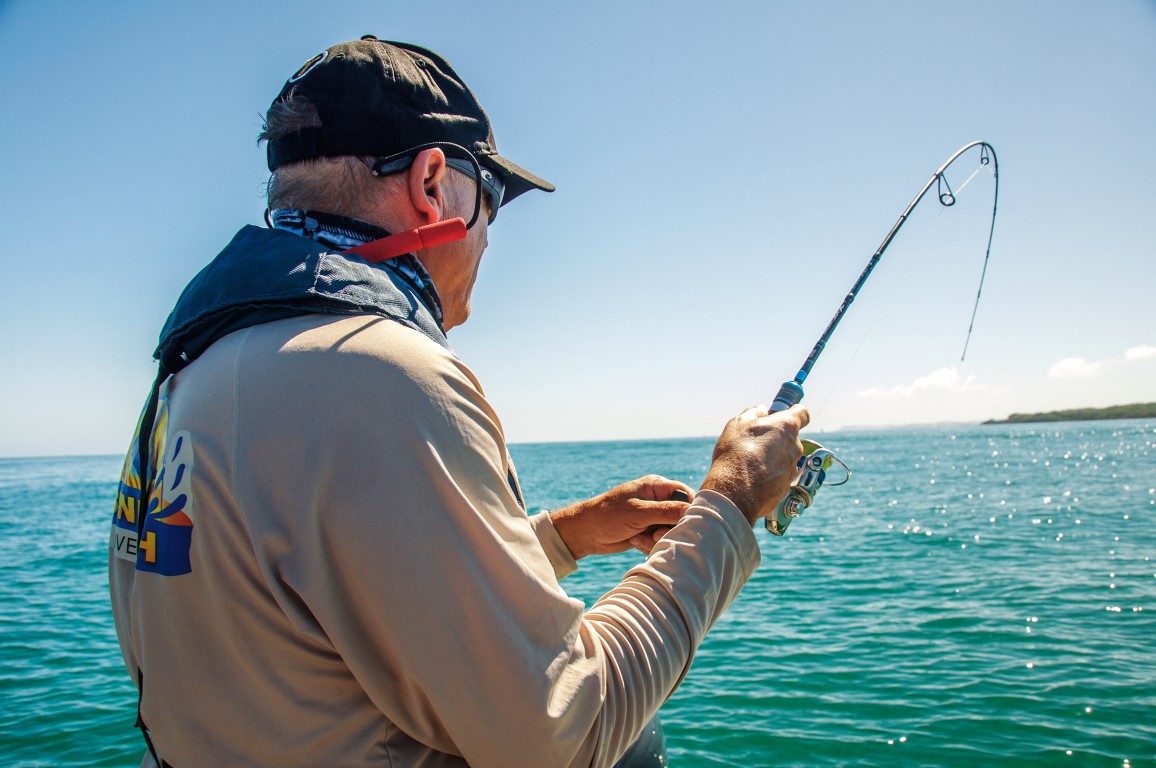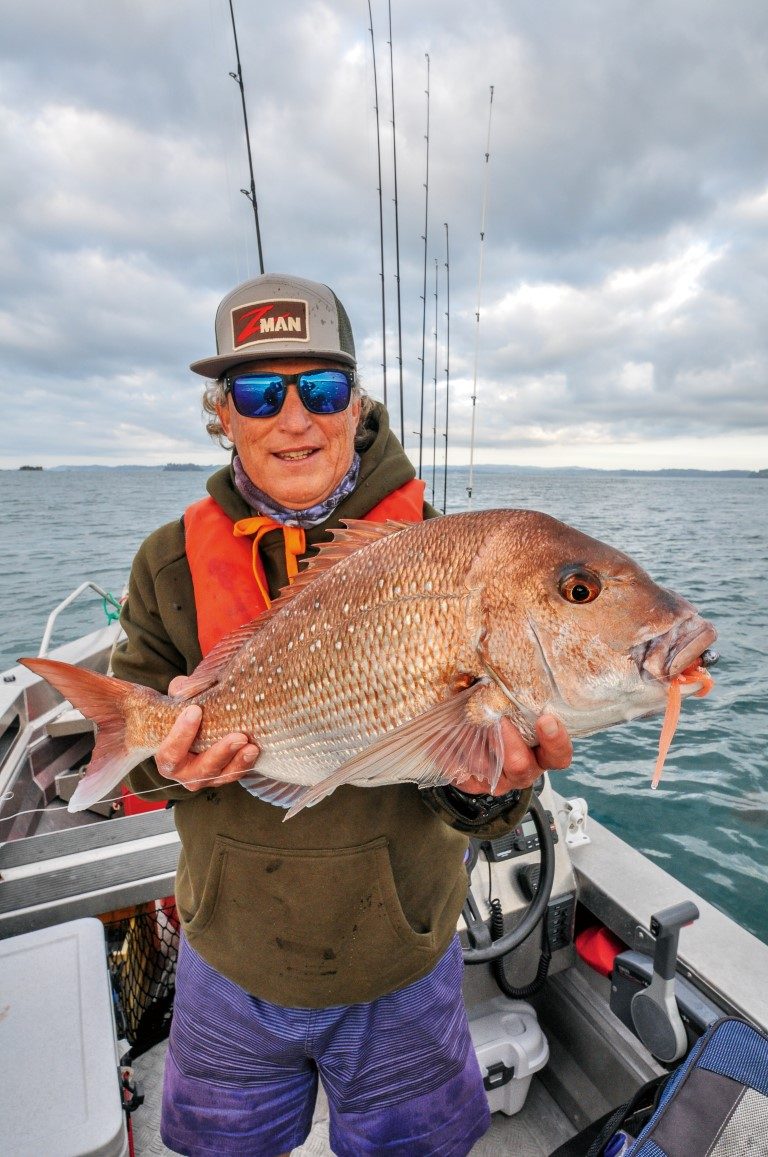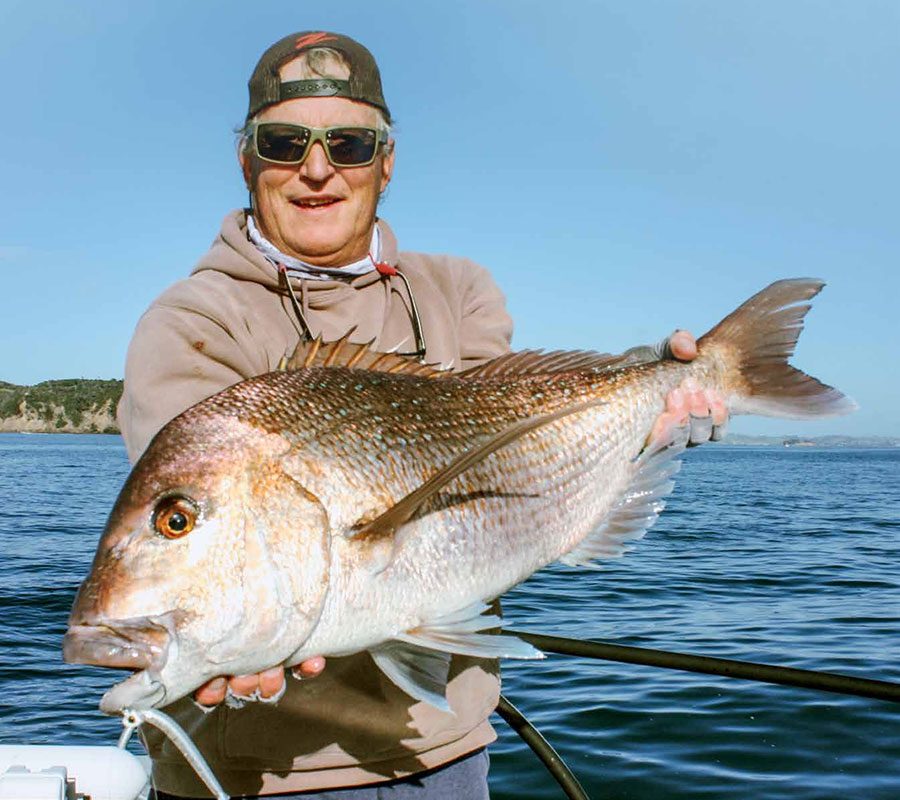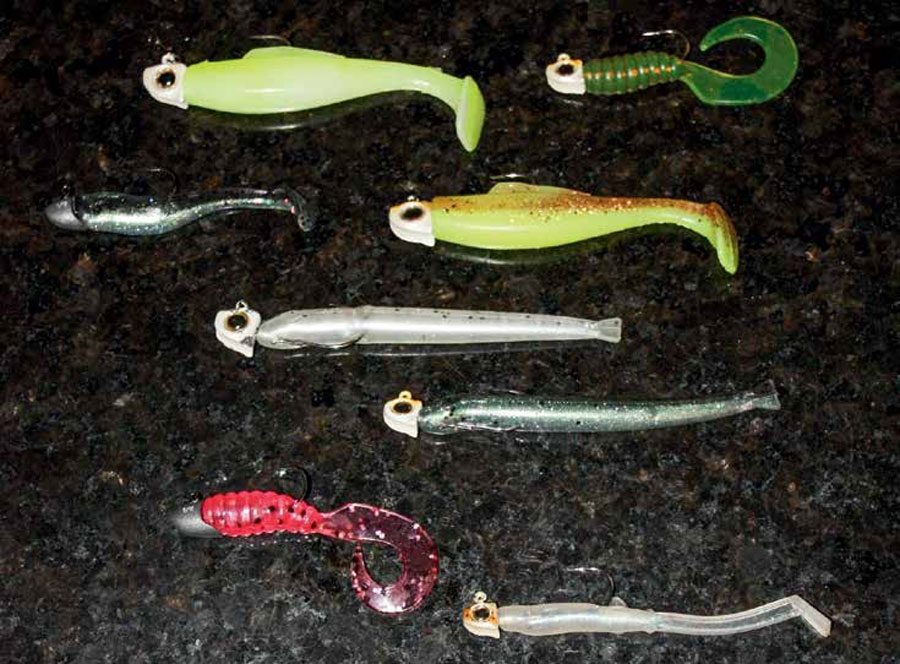

Being aware of the nature of the sea floor terrain – and adjusting your technique accordingly – can have a dramatic impact on your snapper-landing success, writes John Eichelsheim.
Shallow coastal margins are where I do most of my fishing, drifting lightly-weighted baits down a berley trail (stray-lining) or, more often, fishing soft plastics and other artificial baits/lures.
But New Zealand’s favourite fish is a versatile and opportunistic species. Snapper has been called ‘old garbage guts’ because it eats almost any sort of animal matter, dead or alive. Snapper have been taken on all manner of baits, including chicken, raw and cooked meat, luncheon sausage, crab sticks, hot dogs, bread – even potatoes. They eat fish and shellfish of every kind. And despite the common belief that they won’t eat their own kind, I’ve seen plenty of snapper caught on baits cut from the carcasses of their red brethren.

Snapper utilise a whole range of habitats, from rocky coastlines to sandy beaches; shallow estuaries and harbours to shell banks and mud and sand bottoms. They naturally eat a wide variety of food, and while some restrict themselves to small, localised areas of reef, others school up and range widely over a diverse range of seafloor types in search of food.
In many parts of the country fishing for snapper takes place over soft sediment – sand or mud bottoms without reef or structure of any kind. We might think of sand or mud bottoms as marine deserts unable to support an abundance of life – and in highly-modified areas where the sedimentation rate is high, such as inside many harbours and estuaries, that may be true – but most soft bottom habitats are far from barren.
Sand and mud can support thriving communities of marine plants and animals, among them roving schools of snapper. Snapper prey on invertebrates, crustaceans and small fishes living on or near the bottom, or they may follow schools of bait fish such as mackerel, pilchards and anchovies, preying on them anywhere from the sea floor to the surface.
Such fish-eating behaviour is common in the Hauraki Gulf where pilchard, mackerel and anchovy work-ups involving several species of predatory fish, birds and marine mammals are a feature of the middle gulf. Similar work-up activity occurs in many other large bays around the country.
In the gulf, work-ups can be encountered every month of the year, but beginning in autumn, they gradually become more common, reaching a crescendo in spring.
Fishing work-ups effectively is harder than it looks. Many people simply drive their boats into the work-up and drop their lures and baits. Sure, the action can be full-on, with suicidal snapper and other fish eating anything you toss in the water, but it tends to be short-lived. Work-ups usually erupt and subside fairly quickly and the act of driving into one often shuts it down and the fishing with it.
The best fishing is often not in the heart of the work-up where the birds are diving and bait is thrashing on the surface.
Learning where snapper feed in relation to work-up activity – usually in what’s called ‘the exhaust’ where dead and dying bait fish filter down through the water column, often well down-tide of the work-up – will result in consistently good fishing. Certain elements of Auckland’s charter fleet have this style of fishing down pat.
In the Gulf and elsewhere, schooling snapper sometimes concentrate on food items living on or in the bottom sediments: small crustaceans, worms, juvenile flatfish, small bottom living fish and molluscs.

Shellfish beds, where they can be identified, are often excellent places to fish for snapper. So are the so-called ‘worm beds’, popular destinations for Hauraki Gulf fishers whose anchored and drifing boats can sometimes be seen, spread out in large numbers over extensive areas rich in invertebrate food.
Some worm beds are vast, extending for hundreds of hectares and their location and extent can change from season to season. Most anglers know them only as a general area but you can usually catch fish provided you are in the zone.
Fishing for snapper over a sedimentary bottom is different to fishing for them over a hard bottom. It is often practised from a drifting boat, but not always – sometimes anchoring and setting a berley trail works as well or better. Indeed, many of Auckland’s charter boats use berley even when drift fishing, claiming it extends the length of time fish will bite when the drifting boat encounters a school of snapper.
Fishing with jigs, including inchiku and kabura-style slow jigs, micro and slow-fall jigs, soft plastics and other lures is almost always conducted from a drifting boat, but bait fishing can be effective from an anchored boat, as well as one that’s drifting.
As with any sort of drift-fishing, a sea anchor, ‘chute or drogue is a useful tool, slowing the boat’s progress in windy conditions so lures and baits can be fished more effectively. An electric trolling motor can serve the same purpose, with the advantage of also being able to control not only the rate of drift, but also the direction. An electric motor also allows you to hold the boat stationary over fish sign identified on the fish finder, which can greatly improve your catch rate.
Bait fishers targeting snapper over sedimentary bottoms, whether fishing on the drift or from an anchored boat, tend to favour ledger rigs – a sinker on the bottom with one or more droppers. Commercially made flasher rigs are a popular choice.
Suitable hook sizes are 5/0 to 7/0 and baits should be compact and streamlined so they don’t choke the hooks. Choose sinkers heavy enough to ensure good contact with the bottom, especially when drift fishing: four ounces is a good starting point, but you may need heavier depending on water depth and how fast the boat is drifting.

Stray-lining can also work well over sand and mud, especially if the water is not too deep, but unlike fishing areas of rough ground, where using oversize or messy baits can attract large snapper, over sand such baits mostly catch undesirables like stingrays and sharks.
If fishing at anchor, berley can help draw school fish to you and hold them in the area once they’ve found you. Berley deployed at the surface often doesn’t sink deeply enough, quickly enough to intercept roving snapper until it is a long way from the boat, far from your bait. This is not the case with berley deployed near the bottom, which is more likely to draw fish close.
BOATINGNZ.CO.NZ
THE CATCH Do you have a product or story you would like John to follow up?
Contact him at: john@boatingnz.co.nz




